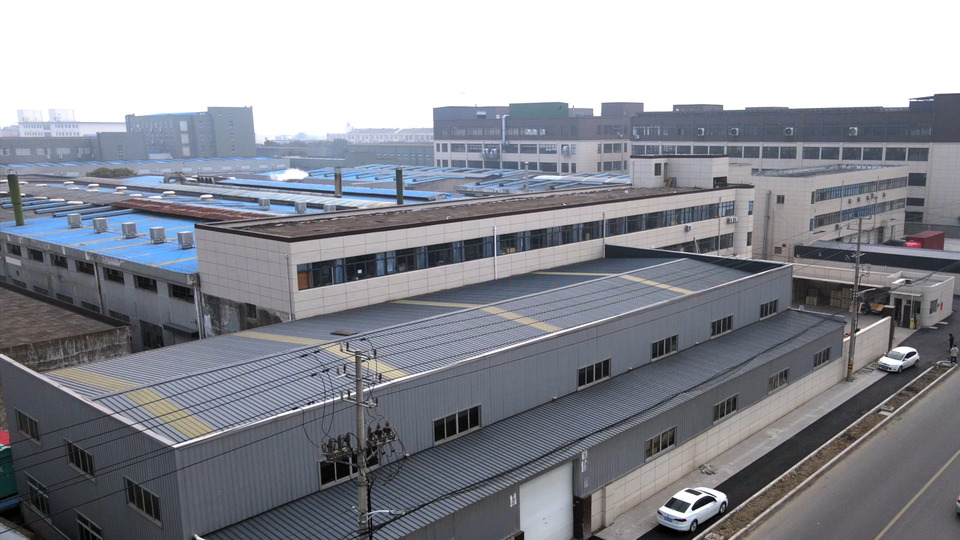




















Screws, although small, play a crucial role in our daily lives. From cooking pots and dining tables to cars and ships, we encounter screws everywhere. But have you ever wondered how screws are manufactured? Let me take you through the journey of creating a single screws.
This is the production process of the screws, after which they are packed and shipped according to the packaging required by the customer or Meigesi's regular packaging.